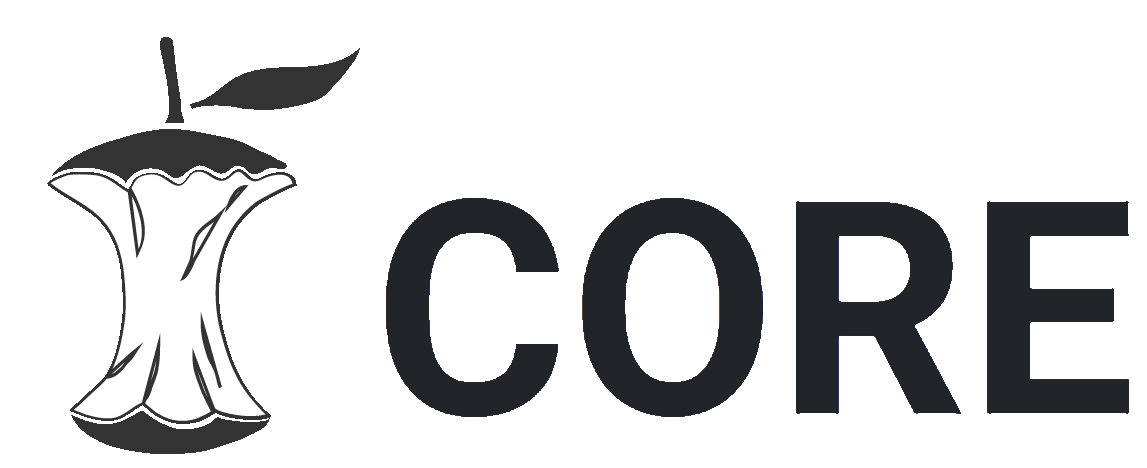Publicación: La conducta motriz como recurso para mejorar el aprendizaje en la escuela
Portada
Citas bibliográficas
Código QR
Autores
Director
Jurado
Autor corporativo
Recolector de datos
Otros/Desconocido
Director audiovisual
Editor/Compilador
Editores
Tipo de Material
Fecha
Cita bibliográfica
Título de serie/ reporte/ volumen/ colección
Es Parte de
Resumen en español
Este ensayo refleja los pensamientos de diferentes autores que tocaron el tema de la conducta motriz, enfocándose más en Parlebas quién es el padre de la praxeología donde es clave entender que la conducta motriz promueve un desarrollo integral, porque abarca la parte externa del individuo sin olvidar la interna. La tesis del ensayo hace referencia a que la conducta motriz aplicada en escenarios escolares fomenta el desarrollo integral de los estudiantes y contribuye a mejorar el aprendizaje de los mismos. En la primera parte, se presenta la introducción donde se presenta ampliamente la tesis principal, también la pregunta de investigación, los objetivos del ensayo haciendo la incorporación del autor principal que se toma como referencia que es el doctor Parlebas, donde se da una síntesis pequeña de su pensamiento sobre la praxeología, pero este se desarrolla también más adelante en las diferentes sesiones. En el ensayo se utiliza una recopilación de autores que fueron ordenados de forma secuencial y sentido histórico trayendo a colación a autores como Parlebas, Legardera, Cagigal, Gallo entre otros exponentes de la conducta motriz y que también están bajo la ciencia de la praxeología. También se incorporaron distintas investigaciones realizadas en entornos escolares donde se aplicó el concepto de praxeología para obtener resultados frente a la conducta motriz, algunos de estos fueron a favor de la conducta motriz y otros en contra. Además, también se presenta la postura inicial sobre el tema de la conducta motriz como recurso para mejorar el aprendizaje, también se elabora una sesión que lleva a la confrontación de cómo ha avanzado el concepto de praxiologia y la conducta motriz; después se emite una discusión tomando como referencia la postura del autor y de distintos autores que se encuentran a favor y en contra, generando un espacio donde se evidencian diferentes pensamientos y donde se enfatiza en la idea central del ensayo. Finalmente, en las conclusiones se aprecian diferentes aspectos que se tocaron en el desarrollo del ensayo, donde se evidencia que, de acuerdo a la historia y recorrido de la praxiologia, la conducta motriz representa una forma integral y transversal para desarrollar las habilidades de los estudiantes; así mismo también se presentan incógnitas relacionadas con la inserción temprana de metodologías de expresión motriz para mejorar el desarrollo escolar de los estudiantes.
Resumen en inglés
This essay reflects the thoughts of different authors who touched on the subject of motor behavior, focusing more on Parlebas who is the father of praxiology where it is key to understand that motor behavior promotes integral development, because it covers the external part of the individual without forgetting the internal. The thesis of the essay refers to the fact that motor behavior applied in school settings promotes the integral development of students and contributes to improving their learning. In the first part, the introduction is presented where the main thesis is widely presented, as well as the research question, the objectives of the essay incorporating the main author who is taken as a reference, which is Dr. Parlebas, where a small synthesis of his thinking on praxiology is given, but this is also developed later in the different sessions. The essay uses a compilation of authors that were ordered sequentially and historically, bringing up authors such as Parlebas, Legardera, Cagigal, Gallo among other exponents of motor behavior and who are also under the science of praxiology. Different investigations carried out in school environments where the concept of praxiology was applied to obtain results regarding motor behavior were also incorporated, some of these were in favor of motor behavior and others against. In addition, the initial position on the subject of motor behavior as a resource to improve learning is also presented, a session is also developed that leads to the confrontation of how the concept of praxiology and motor behavior have advanced; then a discussion is issued taking as a reference the position of the author and of different authors who are for and against, generating a space where different thoughts are evident and where the central idea of the essay is emphasized. Finally, the conclusions show different aspects that were touched upon during the development of the essay, where it is evident that, according to the history and path of praxiology, motor behavior represents an integral and transversal way to develop students' skills; likewise, questions are also presented related to the early insertion of motor expression methodologies to improve students' academic development.


 PDF
PDF  FLIP
FLIP 

